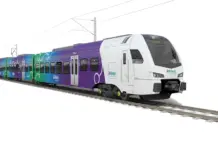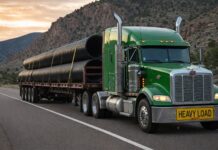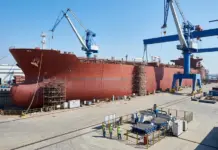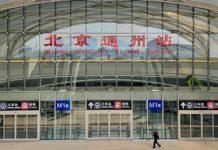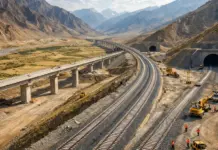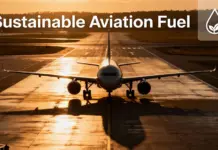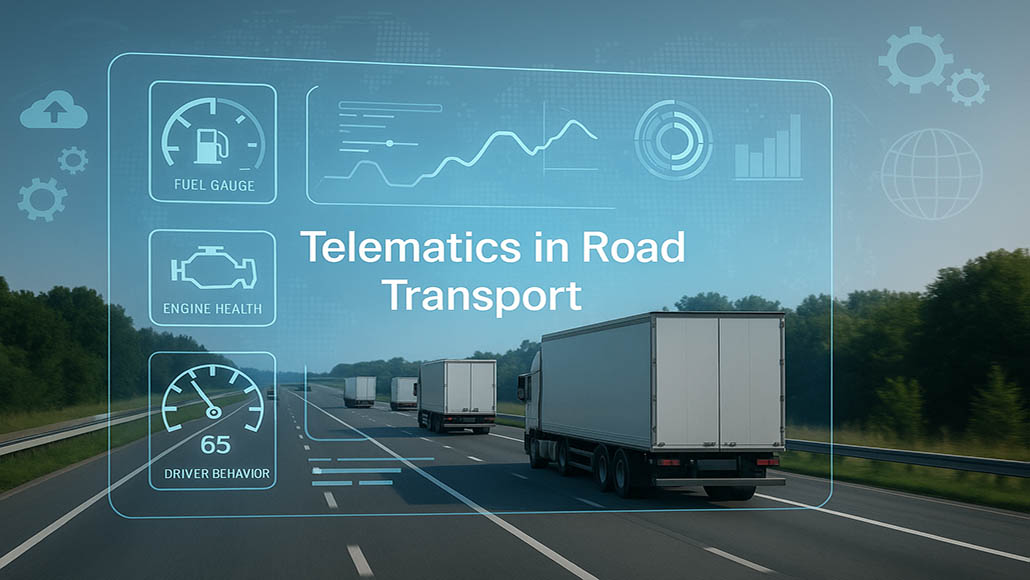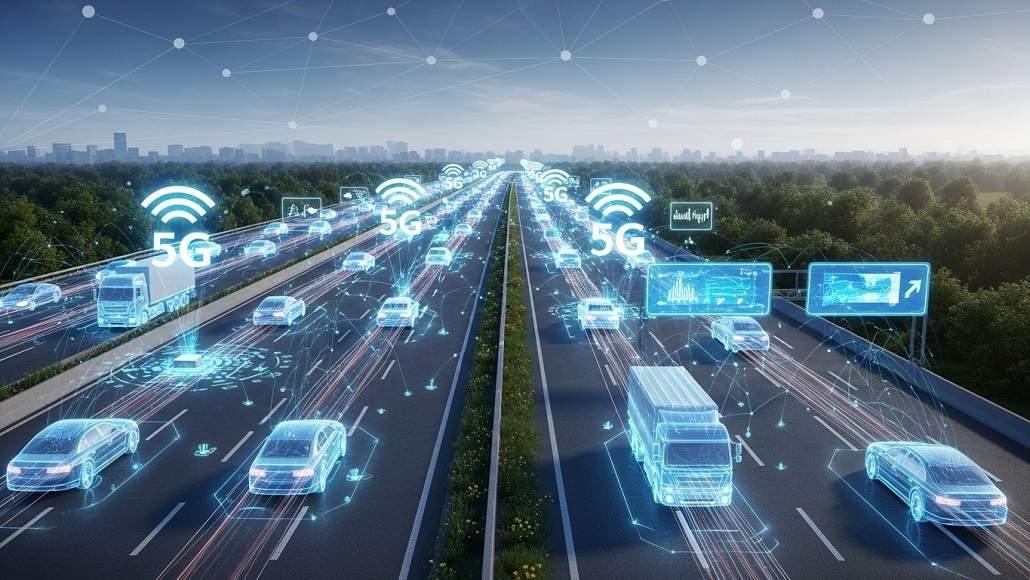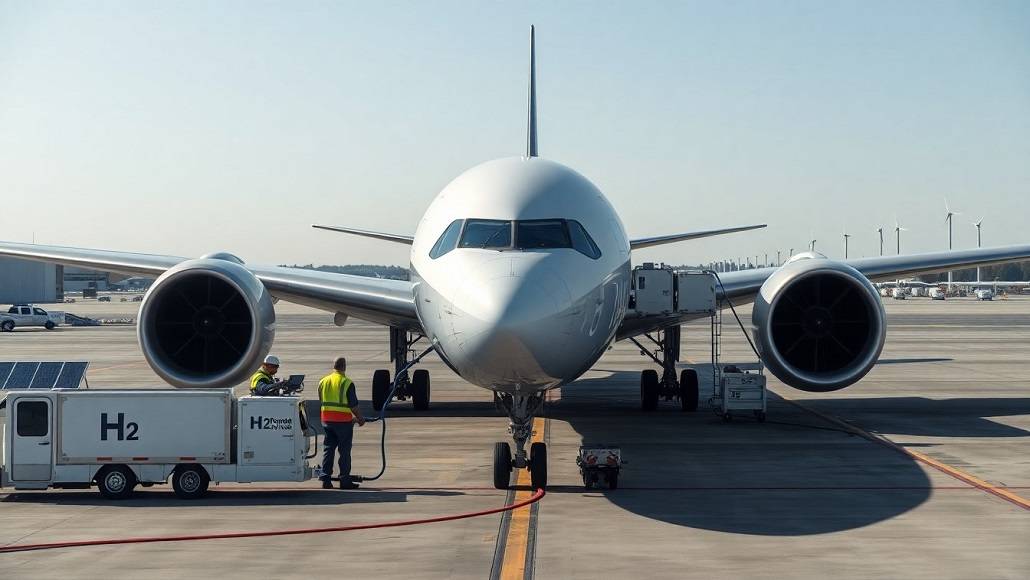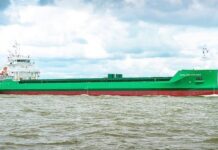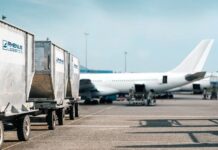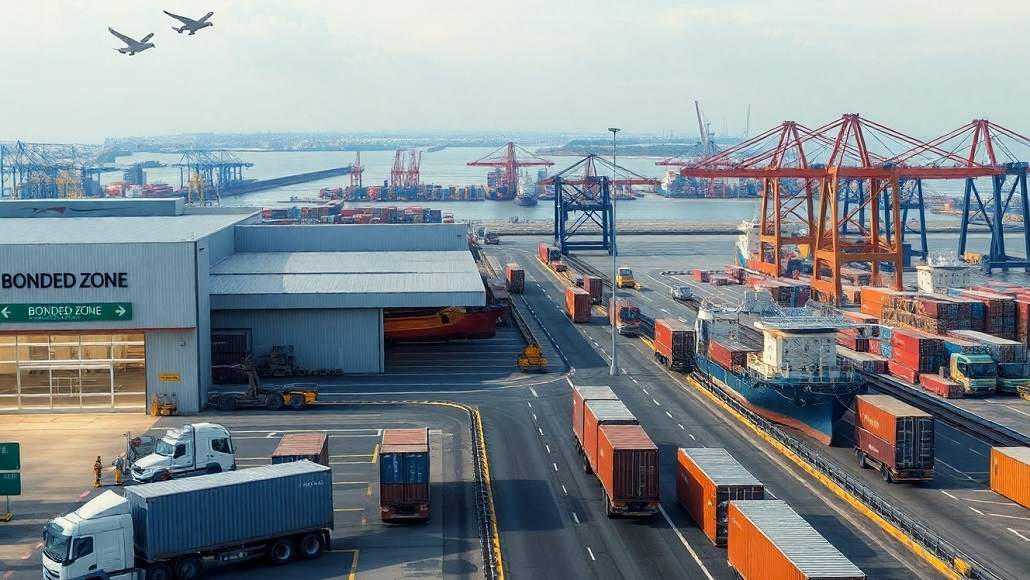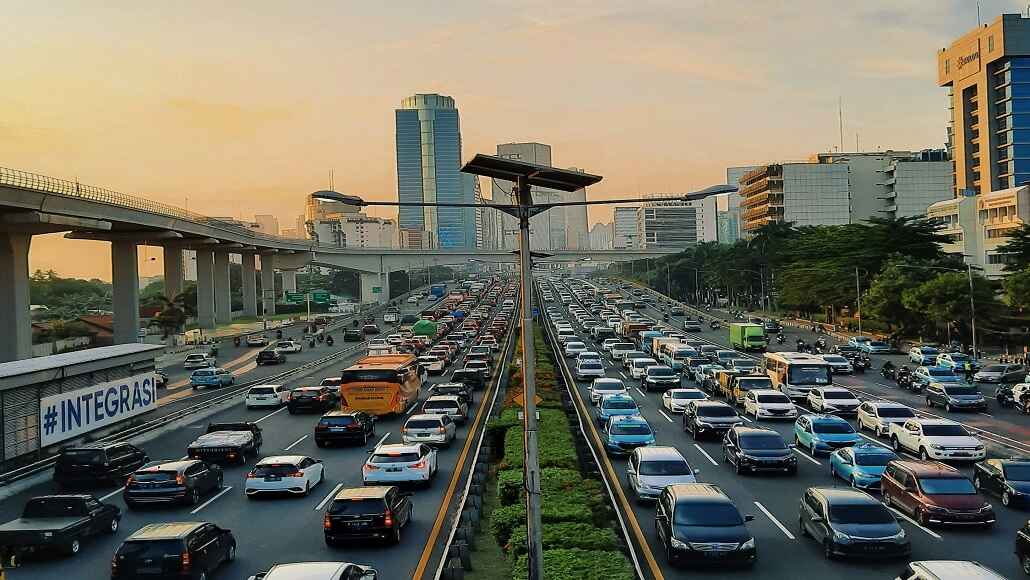The Oregon legislature has gone on to approve $100 million when it comes to state funding for the Pacific Coast Intermodal Port, which happens to be a transformative public-private initiative, thereby establishing a modern container terminal across the Oregon International Port in Coos Bay.
It is well to be noted that this announcement was made recently by the port officials, thereby marking a prominent landmark when it comes to the long-anticipated infrastructure project.
The Pacific coast intermodal port capacity
Interestingly, the planned terminal is all set to offer berths for two container ships and is going to initially handle 1.2 million twenty-foot equivalent units (TEUs), which is equivalent to around 800,000 containers every year, having a scalable capacity of almost 2 million TEUs. Apparently, this major investment looks forward to enhancing the role of Oregon within international trade while at the same time going and creating a direct ship-to-rail connection, which would link the southwestern coast to the markets across the inland US. Besides the newly approved state building, the project has already gone on to secure $58 million from the US Department of Transportation grant programs, thereby underscoring robust federal support for the development of the port.
As per the statement coming from the port officials, this project is going to unleash crucial supply chain potential, not only for Oregon but also for a broader western US. This is going to be the first new container terminal on the US West Coast in decades and is indeed a major step forward when it comes to moving towards trade efficiency as well as sustainability.
The port location
The location of the terminal happens to be on the Coos Bay rail line, and it offers a strategic advantage.
It is well to be noted that the containers are going to be transferred directly to rail as well as transported inland by way of the Union Pacific Railroad connection in Eugene, thereby creating a very seamless logistics link to the Midwest and even beyond.
Apparently, the port leaders happen to stress that the new terminal is going to support numerous sectors, which include agriculture across the Willamette Valley, manufacturing when it comes to the Columbia Gorge, and also a wide range of exporters who are located across the Pacific Northwest.
Apart from the domestic advantages, the proximity of Coos Bay to East Asian ports can also position it as a much faster and more environmentally friendly choice than the existing West Coast ports. The fact is that the shorter ocean routes are anticipated to decrease the shipping time and also expenditure while at the same time lowering the greenhouse gas emissions. It is well to be noted that the construction when it comes to the terminal is anticipated to start once the environmental reviews as well as permitting processes are completed. Upon the completion, the Pacific Coast intermodal port is going to serve as a major hub in terms of modernizing the maritime infrastructure of America and also boost its global competitiveness.





